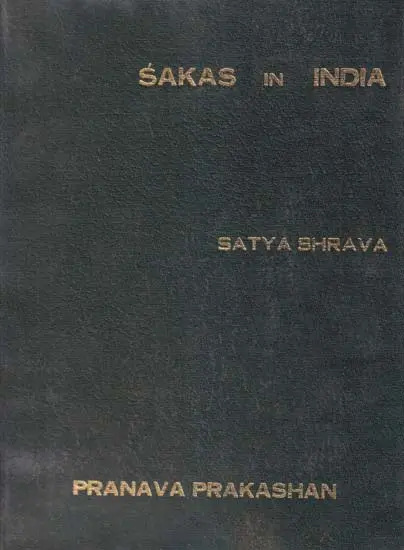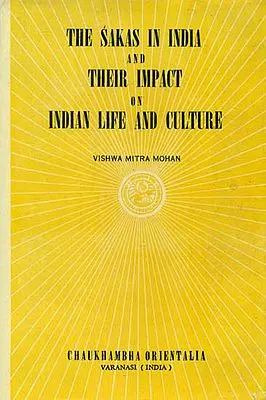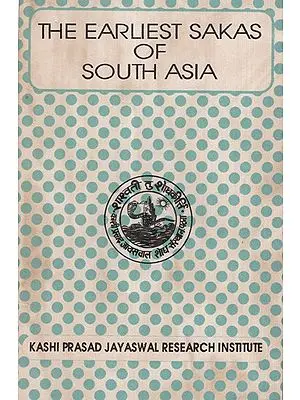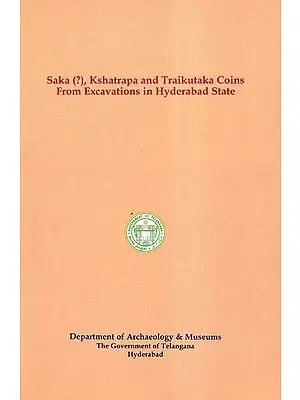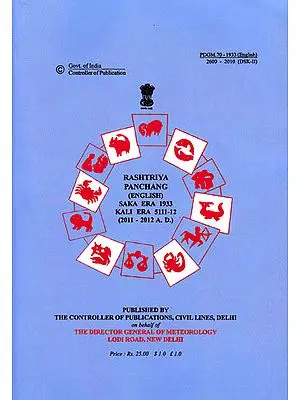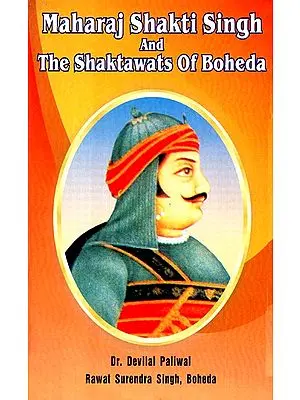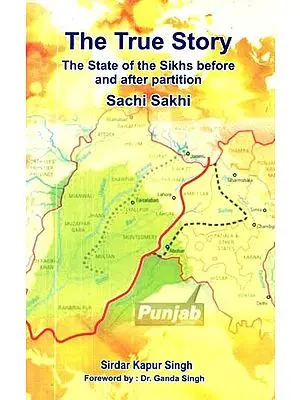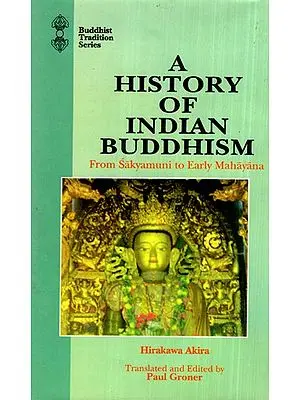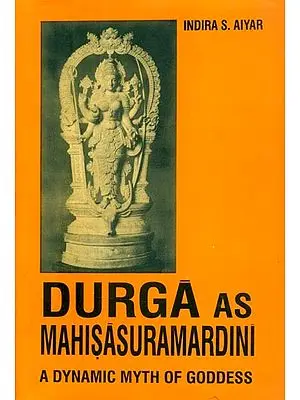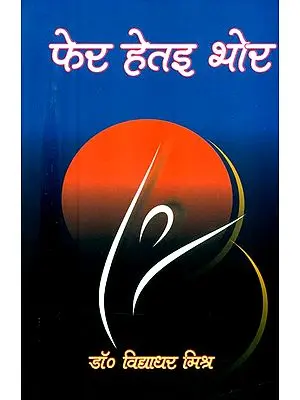Sakas in India (An Old and Rare Book)
| Specifications |
| Publisher: Pranava Prakashan | |
| Author: Satya Shrava | |
| Language: English | |
| Pages: 226 (Throughout B/W Illustrations) | |
| Cover: HARDCOVER | |
| 10.00 X 7.50 inch | |
| Weight 760 gm | |
| Edition: 1981 | |
| NAU335 |
| Delivery and Return Policies |
| Ships in 1-3 days | |
| Returns and Exchanges accepted with 7 days | |
| Free Delivery |
The Sakas in India', in its present form, is the revised, enlarged and illustrated edition of the earlier work published in 1947 from Lahore, just on the eve of the partition of India. A large number of its copies lying with the book binder were destroyed by arson.. However, a sizeable number of its copies could reach important cultural and indological institutions. For the past 33 years, from 1947 to 1980, important archaeological discoveries, through excavations and explorations, have immensely added to our knowledge on the Sakas ruling in three different regions. viz. Gujarat, Mathura and Taxila. Systematic excavations and explorations have brought to light important archaeological wealth about Sakas. Organisation and development of the Archaeological Survey of India and State Archaeological Departments have helped discovery of material relating not only to the Sakas, but other dynasties, as well.
In the Lahore edition, illustrations of inscriptions were not added; this lacuna has been removed and illustrations of almost all the inscriptions of the aka rulers as well as those referring to Sakas, in general, have been included in the present publication. Number of inscriptions discovered, solar, his increased to 61. It has been an interesting task to collect all the relevant material and especially to arrange for their photographs. This laborious task undertaken for the past five years could bear fruit now. Still, photographs of three inscriptions (Nos. 2,38 and 39 of Chapter 111) have not been received and therefore not added to the present publication. Every opportunity will be availed to add these to the future edition which also will contain an important chapter on the Saka Art and Architecture in India. Some of the inscriptions now added have not been published elsewhere.
Man by nature is restless and believing in expansion never remains stuck to one place. Human expansion has no barriers and this axiom holds true for all times. India was never land locked by the mountains; on the other hand Indians had intimate trade relations with West Asia and many other countries of the world. The Sakas had invaded our country, limits of which were much farther off than the present borders, at a very late date, but Sakas in general as travellers, businessman etc., had direct and intimate relations not only with India, but with many more nations in the hoary past. Their rule in our country is an event of a much later date; it should not be a surprise to find mention of Sakas in our literature of a much earlier period. To unnecessarily equate reference to the Sakas in literature with their rule is a perverse imagination only to bring down the date of writings of our literature. The Sakas are mentioned in our literature dating back to almost 5000 years to the period of the Mahabbirata battle. Herodotus, has left for posterity an enriched account of the Sakas. He believed the Sakas had been living long before Darius (526-486 B. C.) whose inscriptions, especially their Persian version, mention them as Saka. Mention of Sakas in in the Mahabhfirata is neither surprising nor misleading regarding the date of the MahabhArata battle.
The Sakas at that time were not ruling in the country but were positively present in India. The Greek account, by Strabo, Arrian and Ptolemy, supplies coroborative evidence for Skythia or Saka Dvipa. Saka Dvipa was encircled by Kshiroda Sagara according to the Purdvas and the Kshiroda Sagara is the present Caspian Sea. Similar are details recorded in the Raniaratta. Twenty nine references from literature on Sakas have been recorded. The earliest reference is from the Rtinulyalui and the latest is of Hara-gauri-Scalivada. These references from literature are about their varied aspects and bring to light different activities of the Sakas, in general, as well as of their rule in India. Mention of Sakandhu, Saka wells by Katyayana is of particular interest. Sakesar (p. 124) in the Raumaka range, famous for its salt quarters, forms part of that portion of the Panjab which is now in Pakistan. An inscription has been found at Maira well in this mountain range. Sakas are mentioned in literature related to Ayurveda ; especially in Charaka Sathhied and Ash tango Sathgraha. Their diet consisted of meat, wheat flour and madhvika. The reddish cheeks of Saka women and Saka lords, were due to the use ofpalagu or onion in their diet. An interesting work, Yuga Purdga of Gdrgl Satithitd, details at length the advent and depredations of the Sakas and their end. The tyranny of Sakas in general is narrated in it. (p. 17). Yuga Purava has been edited by various scholars; the conclusions drawn about Sakas are uniform in all these editions.
In my third year class, I prepared a short bibliography of the lost Sanskrit dramas from stray references about them in Sanskrit Literature. Soon after finishing my B.A. examination, I began to prepare a Devanagari text of the inscriptions of the Western Kshatrapas. On examination the number of these inscriptions was found to be much less than expected. However, I went on with this work, and my interest grew in the subject. I then tried to -note and collect the necessary literature concerning it. Meanwhile,I selected the present thesis for my M.A.
After securing and studying the available books and articles on the subject, I came to the conclusion that only a few scholars have done any pioneering work. in this field of ancient Indian history. The names of Sri Bhagvanlal Indraji, Prof. E.J. Rapson and Dr. Sten Konow will always be remembered with admiration by the future historians. `The Catalogue of the Coins of the Andhra Dynasty, the Western Ksatrapas etc.' by Prof. Rapson and the 'Kharosthi Inscriptions,' by Dr. Stcn Konow are monumental works. The patience, the energy, the labour, the keen insight and deep erudition displayed by them are admirable. With their works as the basis of my study, I entered into this difficult and dry subject.
Another scholar who has worked in this field of research was Sri K.P. Jayaswal. It was he who brought to light the war of Nahapana with a Satavahana king from a Jain source. He showed that Bharukaccha was the capital of Nahapana. The Yuga-purana of the Gargi Sathhitii, an important source on this subject, only noticed by H. Kern, was edited for the first time by Sri Jayaswal. It has proved very useful for a reconstruction of the history of the period.
Besides these works a large number of scholars have been contributing from time to time most important articles in various research journals. I have used them in their proper places, acknowledging my debt. Some recent works and articles have proved very useful. Dr. Sten Konow while revising the period has thrown a new light on the subject in his article, 'Notes on Indo-Scythian Chronology.' The `Data of Nahapana' as discussed by V.R. Deoras in his article (Proceedings Indian History Congress, Lahore session) is worth study. The laborious work of Dr. K. Gopalachari, `The Early History of the Andhra Country,' supplies a summary of the different aspects of the reigns of Nahapana, Castana and Rudradiiman I. The ancient Indian tradition is very useful in filling up some of the important details. Most of it so far lies unexplored. Twenty seven references from this source of Indian history have been collected here. Of all these the gathcis of Tiloya Parjuatti have been of most help. These gathas were first printed by Rai Bahadur Hira Lal in his introduction to 'The Catalogue of Sanskrit and Prakrit Manuscripts in the Central Provinces and Berar (1926).' The attention of scholars was not attracted to this rare source for a long time. It was in the Hindi History of Bharatavarsha by Pandit Bhagavad Datta that the grithas were fully utilized and their importance was emphasized. According to R.B. Hira Lal. and other scholars this work was composed in the latter part of the 5th century A D. The duration of the reigns of NahapAna and Castana and the family of Castana are all recorded in these saws. Important information from tradition has been made available in this thesis. Many of these references were unknown so far. Some of them are noted below, e.g., (i) Presence of the Sakas in the Indus region at the time of Duryodhana referred to in Majmal-ut-Twarikh; (p. 2) (ii) The derivation of the work Saka according to the Puranas; (p. 3f) (iii) Reference to the food of the Sakas in the Caraka satithita; (p. 15) (iv) Mention of Sakawells (Saka-andhu) by Pauini; (p. 16) (v) The word Romaka and its explanation. (vi) The Saks Era. A lot of new material on this point has been presented in this thesis. Alberuni's statement that the gaka era was started at the death of a Saka tyrant gave me the impetus to search for the source of his information. This information has been traced to be contained in astronomical works which go back from Alberuni's time to 628 A.D. Moreover both inscriptional and literary proofs have been given to substantiate the view put forward that there were two Saka eras one starting from the beginning of the Saka rule and the other started by a Sakari Vikrama at the expiry of the Sakas; (p. 35 ff; now p. 39 ff.) (vii) A suitable explanation of the name 'Kardamaka kings' has been suggested; (p. 68; now p. 69 ff.) (viii) The reference to galcari Vikrama will be found useful in Chapter VII. The history of the Western Ksatrapas, after the rule of Rudradoman I is very obscure. I have only collected notes about them from the writings of Sri Bhagvanlal Indraji, Prof. Rapson and others. With the scanty material available more than this was not possible. In Chapter IX an attempt has been made to collect only new points about the various customs of the Sakas. Dr. K. Gopalachari and others have made attempts to throw light on this aspect of the history of the Sakas also. Anyhow, the material presented here from Sanskrit sources is quite now.
**Contents and Sample Pages**
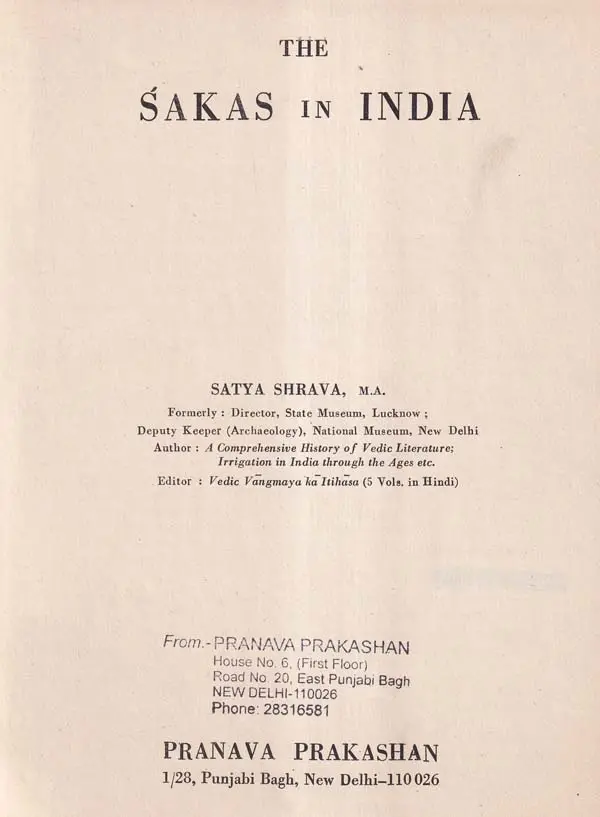

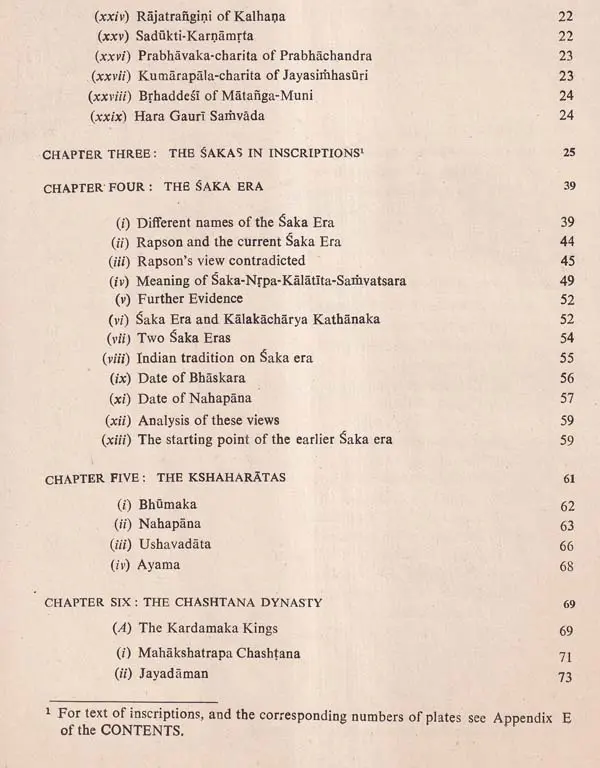
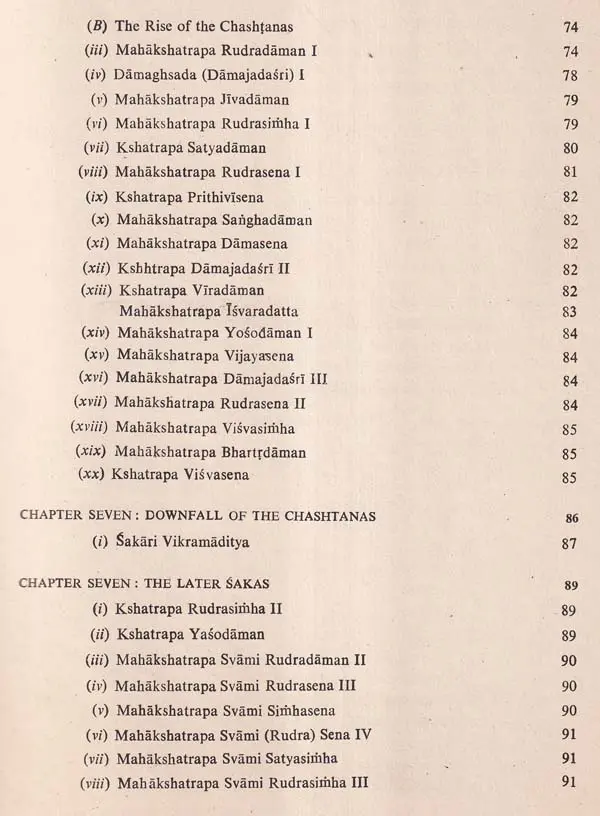

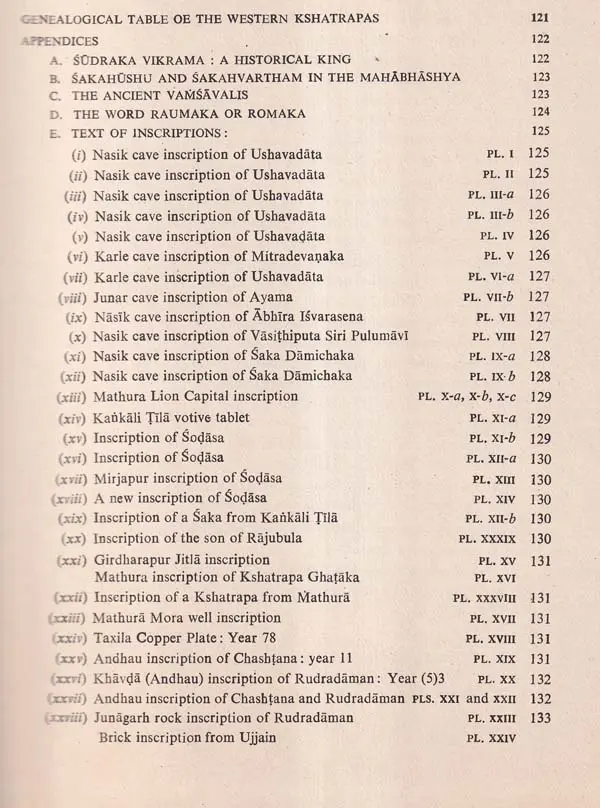
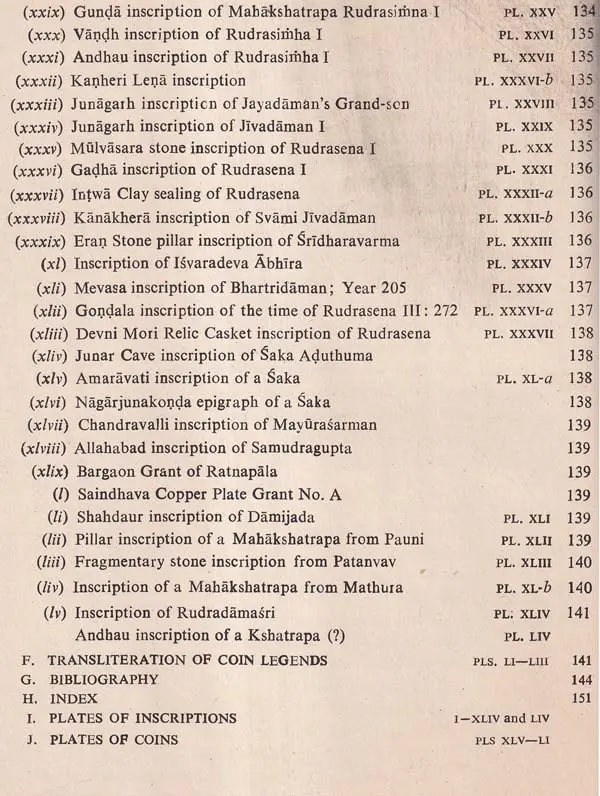
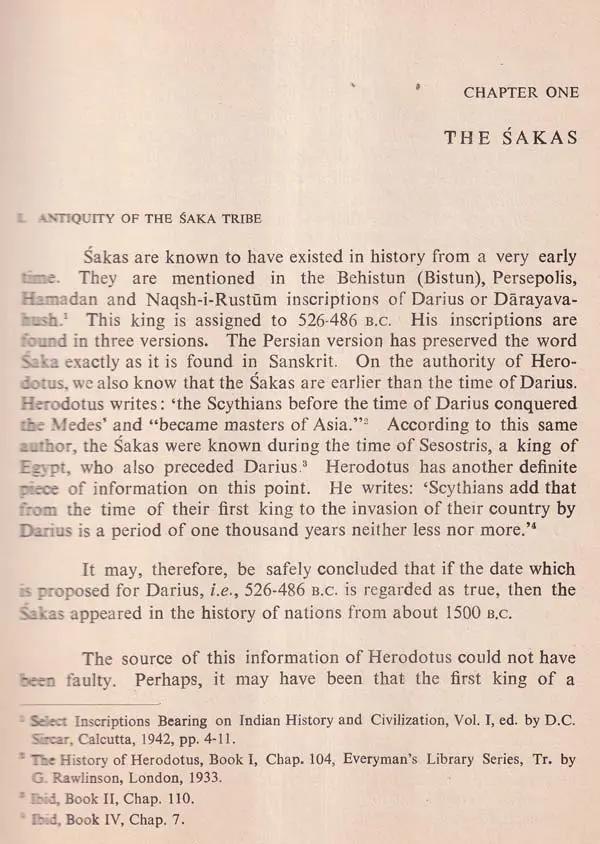
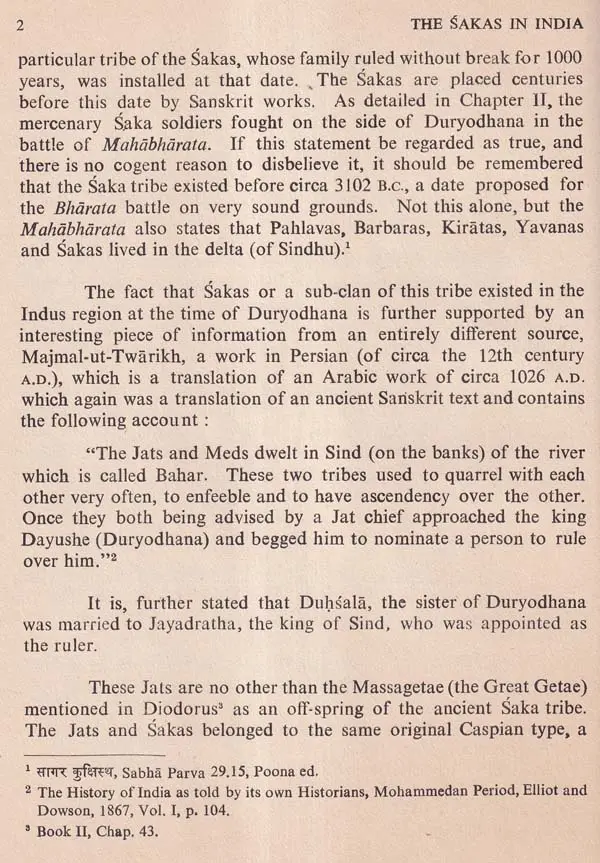
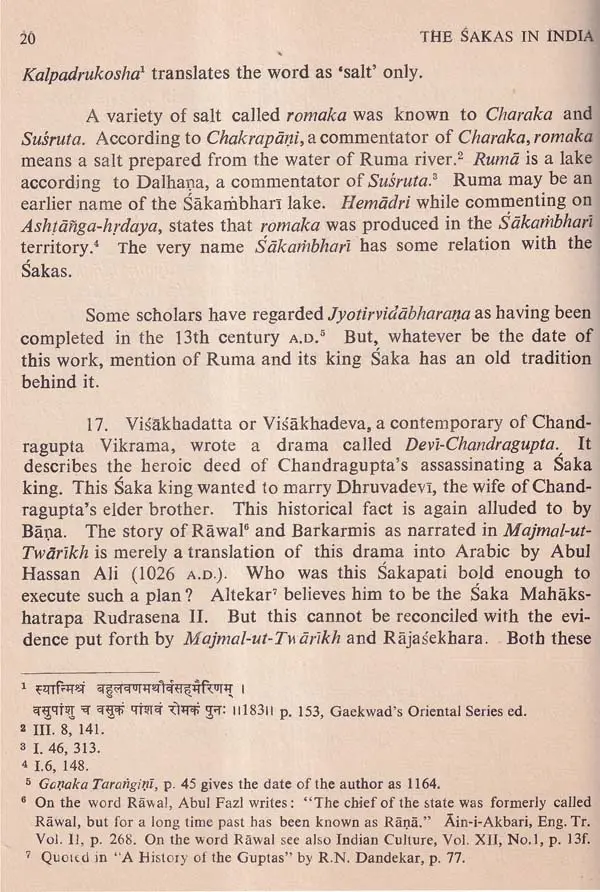
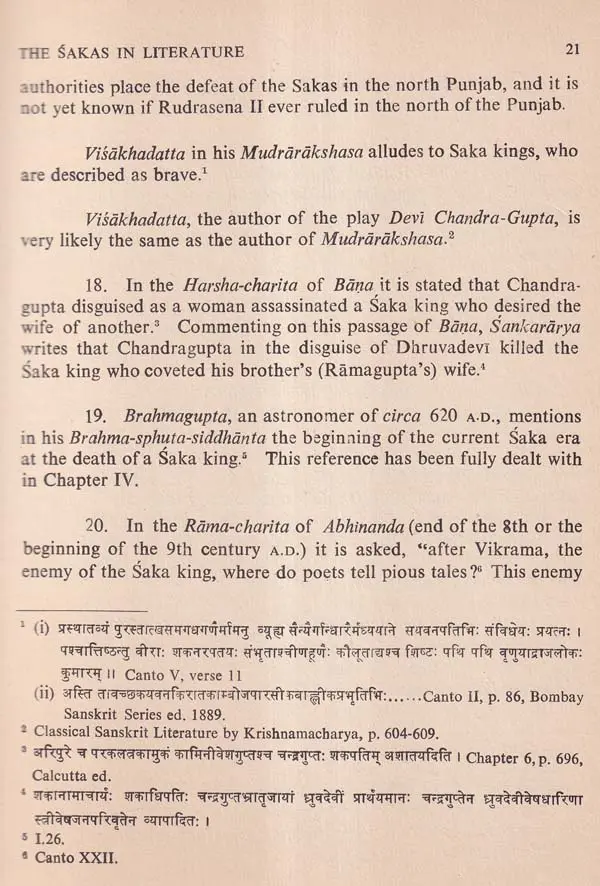

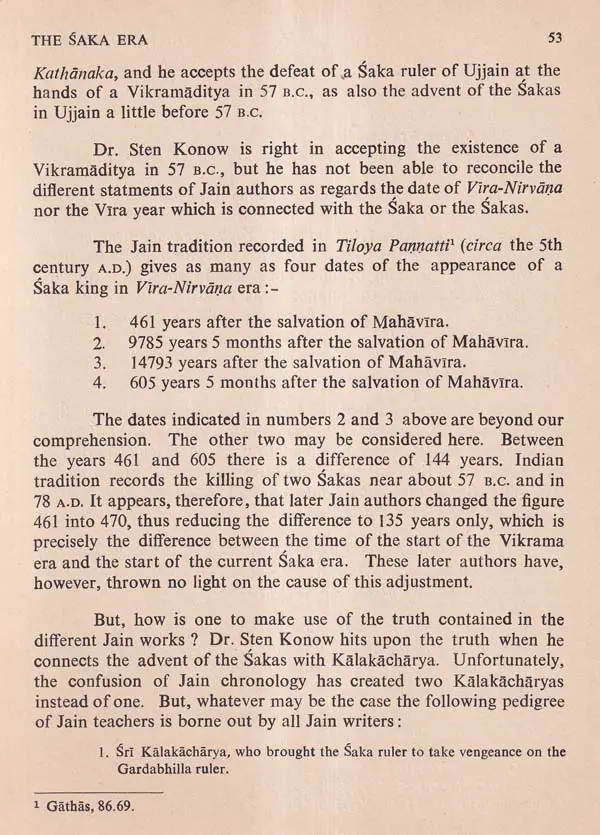
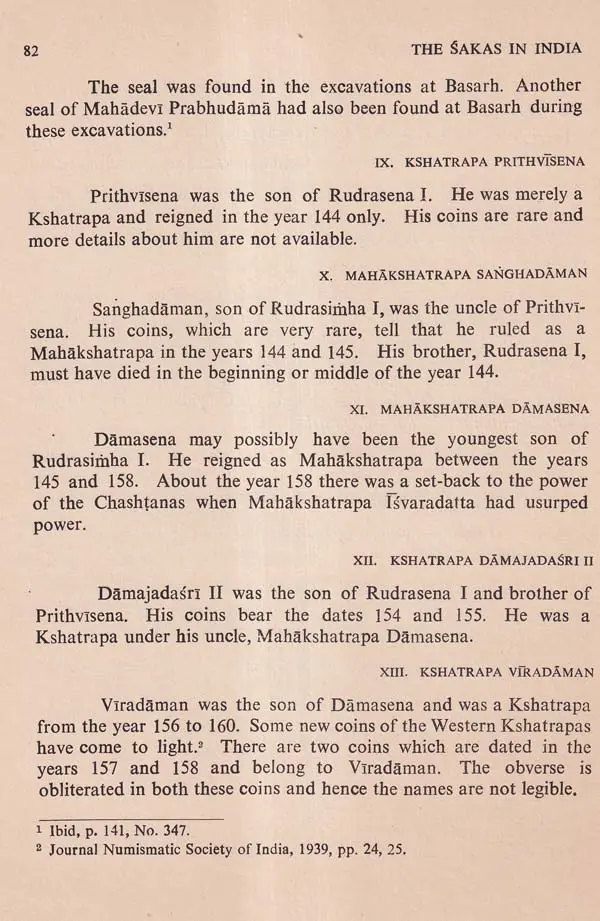
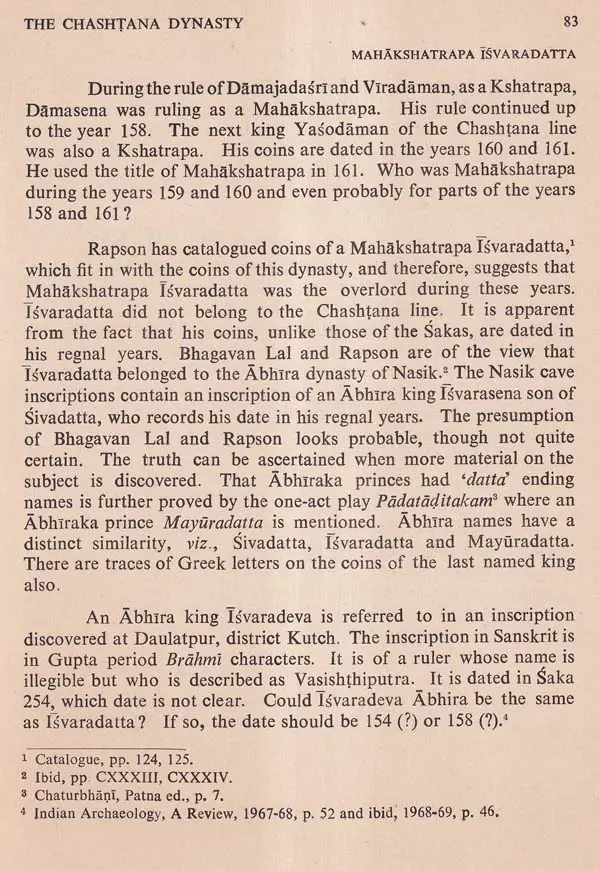
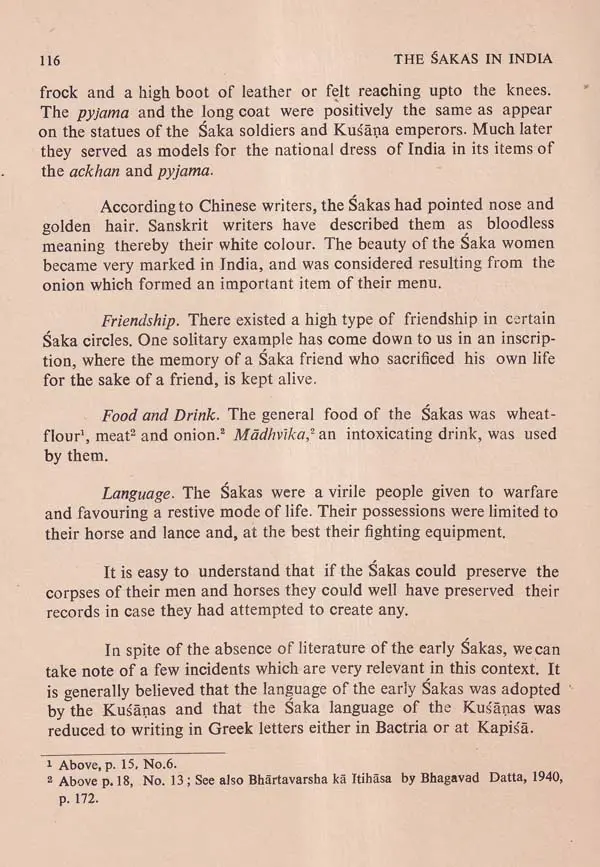
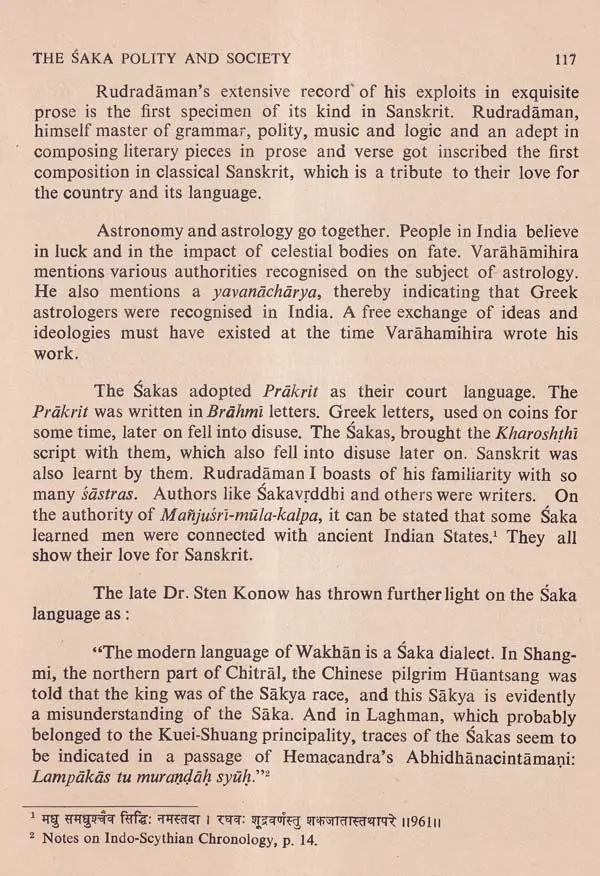

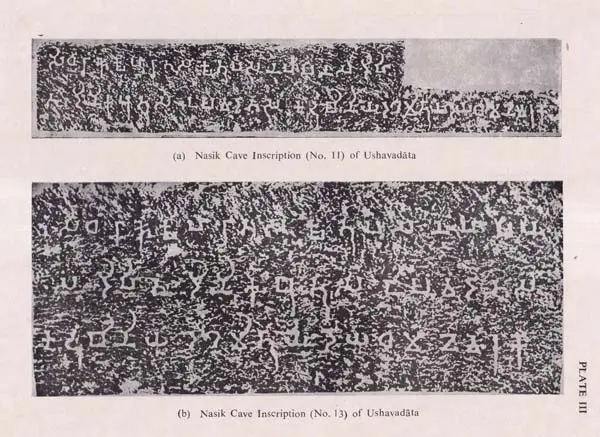
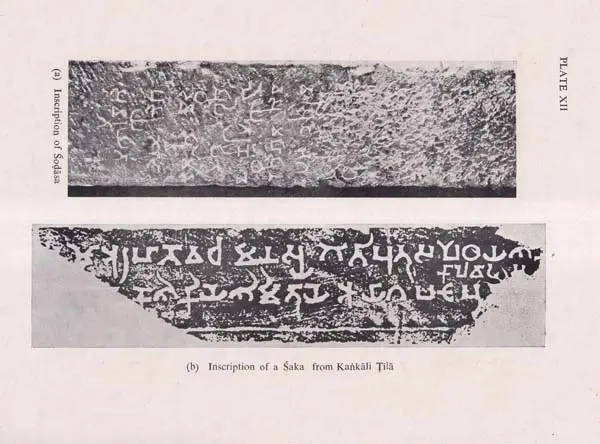
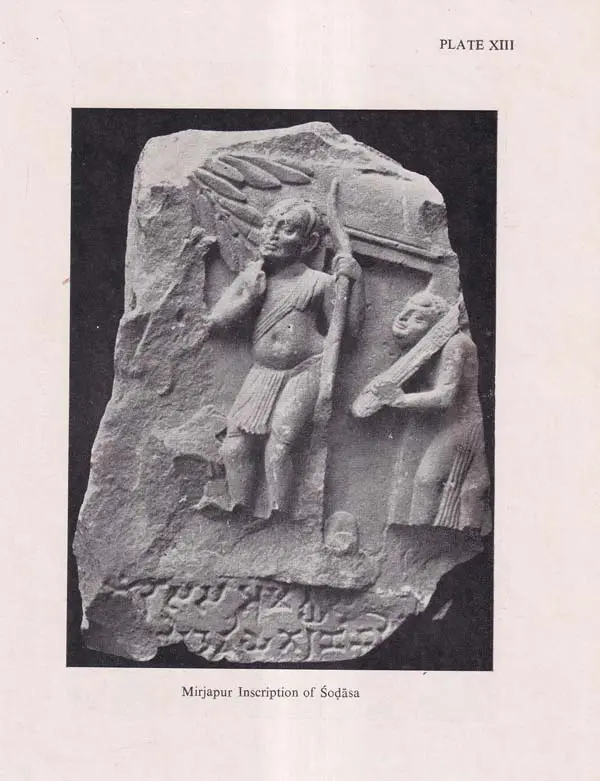
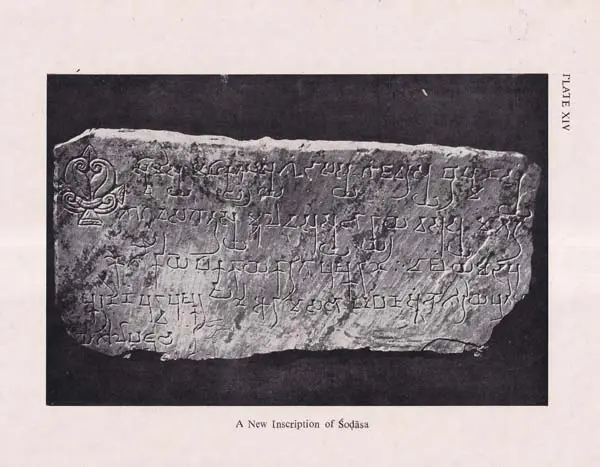
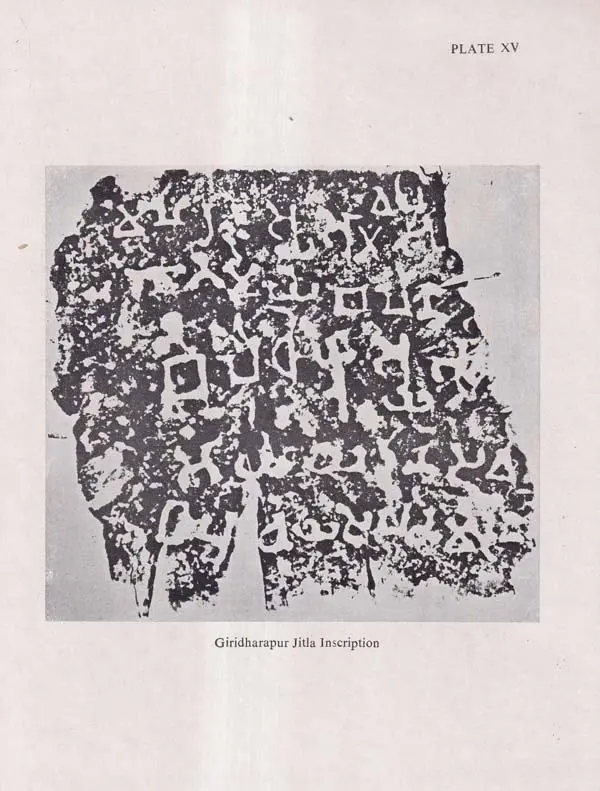
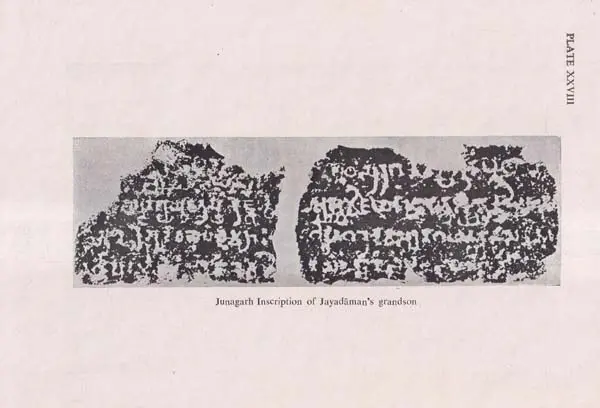
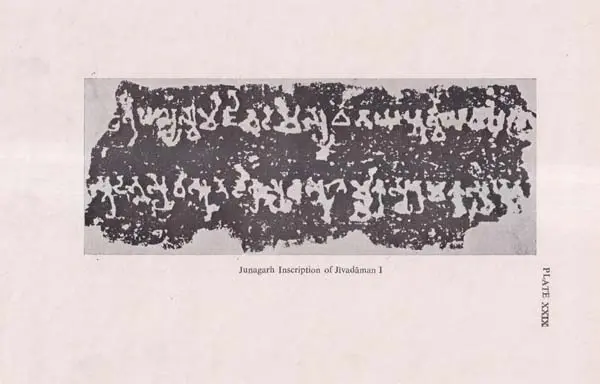
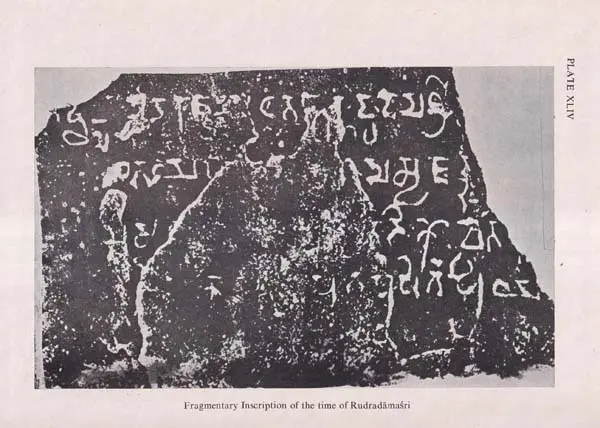

-
Q. What locations do you deliver to ?A. Exotic India delivers orders to all countries having diplomatic relations with India.
-
Q. Do you offer free shipping ?A. Exotic India offers free shipping on all orders of value of $30 USD or more.
-
Q. Can I return the book?A. All returns must be postmarked within seven (7) days of the delivery date. All returned items must be in new and unused condition, with all original tags and labels attached. To know more please view our return policy
-
Q. Do you offer express shipping ?A. Yes, we do have a chargeable express shipping facility available. You can select express shipping while checking out on the website.
-
Q. I accidentally entered wrong delivery address, can I change the address ?A. Delivery addresses can only be changed only incase the order has not been shipped yet. Incase of an address change, you can reach us at help@exoticindia.com
-
Q. How do I track my order ?A. You can track your orders simply entering your order number through here or through your past orders if you are signed in on the website.
-
Q. How can I cancel an order ?A. An order can only be cancelled if it has not been shipped. To cancel an order, kindly reach out to us through help@exoticindia.com.


























